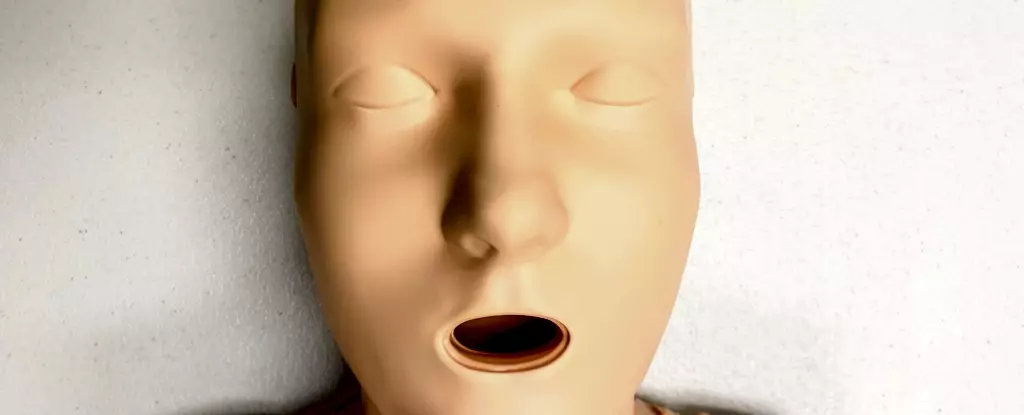Cardiac arrest is a critical medical emergency where every second counts. When a person’s heart stops beating, time is of the essence — without immediate intervention, the likelihood of survival dramatically decreases. Cardiopulmonary resuscitation (CPR) stands as a pivotal response that can mean the difference between life and death, especially when performed promptly by bystanders. However, emerging research indicates a troubling trend: individuals are less inclined to administer CPR to women than to men. This article delves into the findings behind this disparity and the implications it holds for public health and training methods.
A recent study in Australia, which reviewed data from 4,491 cardiac arrests from 2017 to 2019, highlighted that bystanders provided CPR to approximately 74% of men but only 65% of women. Such numbers raise pertinent questions regarding public perceptions of gender during moments of crisis. The reluctance to provide CPR to women is not merely anecdotal; it is reflected in numerous studies that have consistently shown a lower rate of intervention for women experiencing cardiac events outside a hospital setting.
One potential explanation for this gender bias could lie in the resources used for CPR training. Traditional CPR manikins — the dummies employed in educational settings — largely portray male anatomies. A striking 95% of CPR training manikins lack any representation of breasts, as found in recent research. While breasts do not alter the mechanics of performing CPR, the absence of such anatomical features in training materials could contribute to a hesitance in real-life situations. When individuals have not practiced on female-detailed manikins, they may feel less confident or adept in administering CPR to women, leading them to disengage from providing vital life-saving assistance.
Cultural norms and misperceptions about femininity further complicate the landscape of emergency responses. Some bystanders may worry about being accused of misconduct, misjudging women’s physical frailty, or feeling uncomfortable with actions required during CPR that might necessitate direct contact with a woman’s body. Such anxieties could paralyze bystanders in crucial moments when they should be helping. Even in controlled training scenarios, participants have shown a reticence to remove clothing from women for the application of CPR—an act that is essential but may be clouded by social discomfort and stigma.
Moreover, women’s symptoms during medical emergencies can often be misinterpreted or dismissed, leading to longer response times and fewer diagnoses. Data indicates that women not only receive fewer interventions but are also more likely to experience adverse outcomes following cardiac arrests, such as neurological damage or reduced survival rates.
The current landscape of CPR training is overly homogenous. A 2022 study revealed a predominance of white, male, and lean figures in CPR manikins used throughout the Americas. This lack of diversity can contribute to training gaps that impact a legible understanding of CPR across various demographics. There is a pressing need for training resources to evolve and include a wider range of body types, sizes, and genders.
Our research illuminated that among the 20 CPR manikins available in the global market as of 2023, only five were marketed as “female,” and only one of those had breasts. Such statistics highlight a glaring deficiency in how CPR education reflects the diverse population it seeks to serve.
Addressing these inequalities requires a strategic overhaul in how CPR is taught. Training programs need to incorporate manikins that realistically depict various bodies, including representations of women, individuals of different races, and various body sizes. Furthermore, facilitating workshops that educate the public on the signs of a cardiac arrest, regardless of gender, could help overcome the biases that currently prevail in emergency situations.
Community programs should seek to educate participants on the importance of immediate action. Bystanders should know that CPR is the priority in life-threatening situations. The mechanics of CPR remain the same regardless of the recipient’s anatomy, and it is crucial for potential responders to feel competent and empowered to act without hesitation.
The troubling data surrounding the gender disparity in CPR interventions can be attributed to a combination of cultural biases, training inadequacies, and a lack of awareness regarding the life-threatening nature of cardiac arrest in women. By evolving training resources and promoting gender-sensitive education, we can improve survival rates and ensure that all individuals, regardless of gender, receive timely and effective CPR. When it comes to saving lives, every second counts, and everyone deserves a fighting chance.


Leave a Reply